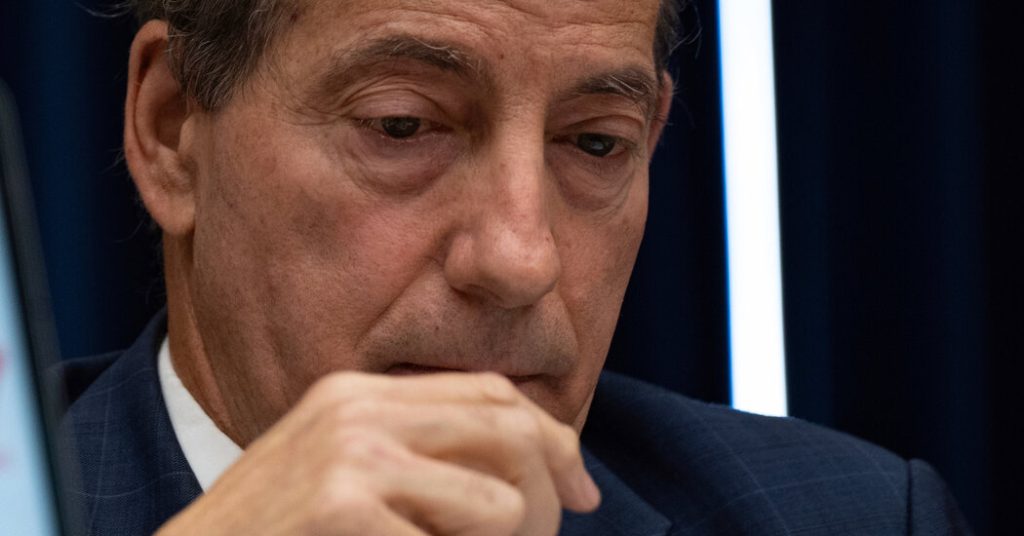In recent weeks, public officials in the United States have been facing an increased level of threats and harassment, with many incidents involving violence and intimidation becoming a new normal in American public life. From bomb threats to mass shootings to targeted attacks, the specter of violence looms over many government officials, affecting their work, terrifying their families, and causing some to leave public life altogether. Threats against judges, prosecutors, and elected officials have been escalating, with surveys showing that a majority of local officials have experienced threats or harassment.
The trend of violence and intimidation in American politics is not new, but experts describe this moment as particularly volatile. Social media platforms have played a significant role in amplifying anonymous outrage, spreading misinformation, and turning public officials into targets. Former President Donald Trump, in particular, has used personal attacks to intimidate his adversaries, often targeting judges and prosecutors involved in his legal cases. Democrats have been vocal in condemning political violence, but the problem is bipartisan, with support for violence increasing among both Republicans and Democrats.
The threats and intimidation aimed at public officials have led to changes in how they do their jobs, with many feeling less willing to seek higher office or take on controversial issues. Some officials have faced death threats and have implemented security measures to protect themselves, such as installing panic buttons and avoiding publicizing their speaking engagements. The intimidation tactics, fueled by political division and distrust, have created an environment where public servants feel vulnerable and under constant threat.
Violence and threats against public officials have also been enabled by technology, with online harassment and tactics like “swatting” and “doxxing” becoming more common. Hoax calls and publishing personal information online have made it difficult for law enforcement to identify the sources of threats, resulting in increased challenges for the protection of public officials. The impact of threats and intimidation can influence decisions and deter individuals from participating in cases involving powerful figures like Mr. Trump, as demonstrated by former Governor Roy Barnes’s refusal to prosecute Trump due to fears for his safety.
The wave of violence and intimidation has also affected local officials, such as election workers and librarians, with increased incidents of hostility and threats against them. Bomb threats against libraries and harassment of election officials have become more prevalent in recent years, leading to resignations and difficulty in recruiting staff members. Proving that hostile language has crossed the line from free speech to credible threat can be challenging, with prosecutions becoming more difficult due to the Supreme Court’s raised standards for what qualifies as a credible threat.
Overall, the surge in threats and harassment against public officials in the United States has highlighted the need for increased security measures, support for those facing intimidation, and a renewed commitment to safeguarding democracy and public service. The climate of fear and violence has permeated American politics, creating a challenging environment for those in public office and raising concerns about the future of democracy in the country.








